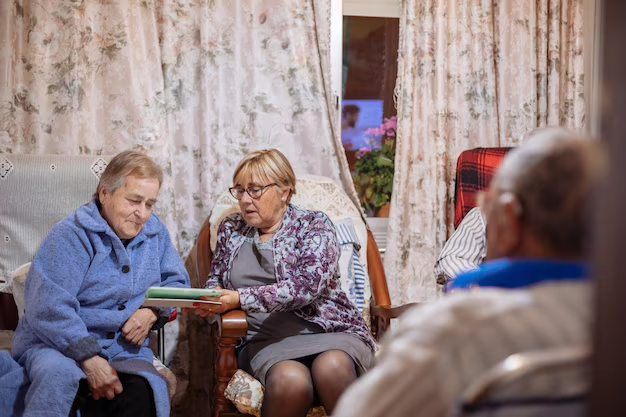Transform Your Home into a Senior-Friendly Haven
The golden years of our lives deserve to be lived in comfort and safety. As we age, modifying our homes can greatly enhance mobility and accessibility, allowing us to continue enjoying a familiar environment while minimizing risks. Are you or a loved one considering updates for senior living? Let's explore how to transform your home into a senior-friendly haven efficiently and effectively.
Start with an Assessment
Before diving into renovations, evaluate the current home environment. Look for areas needing attention, such as navigating stairs, using the bathroom, and accessing frequently used spaces. Consulting with a professional occupational therapist can provide valuable insights into necessary modifications tailored to specific needs.
Prioritize Key Modifications
Safety and accessibility are paramount when modifying a home for senior living. Here are some core changes to consider:
Bathroom Enhancements
- Install grab bars in showers and near toilets.
- Replace traditional tubs with walk-in showers or tubs.
- Use a handheld showerhead for easier control and install a sturdy shower seat.
- Ensure non-slip flooring to prevent falls.
Entrance and Exit Improvements
- Ramps or chair lifts can make entrances accessible for wheelchairs or walkers.
- Widen doorways to accommodate mobility aids.
- Automatic lighting at entrances adds convenience and safety.
Kitchen Adjustments
- Lower countertops and ensure appliances are within easy reach.
- Lever or touch-operated faucets can make use easier.
General Indoor Adjustments
- Lever-style door handles are easier to use than traditional knobs.
- Stairlifts or elevators for multi-story homes add invaluable safety.
- Non-slip flooring and carpets can help prevent accidents.
Financial and Government Support
Making these changes can be financially challenging, but there are programs and resources available to ease the burden.
Government Aid Programs
- Medicare and Medicaid sometimes offer assistance for home modifications.
- Veterans Affairs benefits can cover some home improvement costs for eligible veterans.
Financial Assistance and Grants
- Area Agencies on Aging often have information on home improvement grants and aid.
- Low-Income Home Energy Assistance Program (LIHEAP) may offer funds for specific upgrades, especially for heating-related improvements.
Debt Relief and Credit Card Solutions
Mods to a home can sometimes be covered through 0% interest credit cards for a limited period or via home equity loans. However, consider consulting a financial advisor to evaluate the best course based on individual circumstances.
Investing in a safer, more accessible home environment not only improves quality of life but also brings peace of mind to both seniors and their families. As you explore options for these essential updates, take a moment to investigate the opportunities for financial support and assistance, ensuring a path to a comfortable, worry-free lifestyle.
Explore Your Options: 📋🔍
- 🏛 Medicaid Waivers: Check state-specific waivers for home modification coverage.
- 🇺🇸 Veterans Home Loan Benefits: Includes funds for modifications if eligible.
- 🏡 Fannie Mae's HomeChoice Program: Special financing terms for accessible housing.
- 💳 Credit Card Solutions: Look into cards with promotional 0% APR offers.
- 🏘 Local Nonprofits and Charities: Often provide grants and aid for modifications.
- 💡 Energy Efficiency Grants: Regional programs may fund insulation and energy-saving improvements.
Remember, the goal is not only to ensure safety but also to facilitate the independence and dignity of seniors in their own homes.
